Search
Looking for something in particular? Search for it here.
Looking for something in particular? Search for it here.

The land we call McLean County is the ancestral land of many Native groups, beginning with the Paleoindians 12,000 years ago, and most recently Algonquin-speaking groups, including the Kickapoo, who were forced west from this area in the 1830s. Other groups in this area include (but are not limited to) the Peoria, Kaskaskia, Piankashaw, Wea, Miami, Mascouten, Odawa, Sauk, Mesquaki, Lenape, Potawatomi, Ojibwe, and Chickasaw Nations. These lands were and are the traditional territory of these Native Nations prior to their forced removal; and these lands continue to carry the stories of these Nations and their struggles for survival and identity.
This statement was drafted in collaboration with Lester Randall, Tribal Chairman of the Kickapoo Tribe in Kansas, and Nichole Boyd, Director of the Native American House at UIUC.
The stories told here reveal the challenges faced by the diverse people who have made McLean County their home. These are stories of determination and hard choices, of the ways traditions were maintained and new ones invented, of how lives unfolded and changed—of Making a Home.
Who are the people who have made McLean County their home?
Where did they come from and how did they get here?
What did they experience after they arrived?
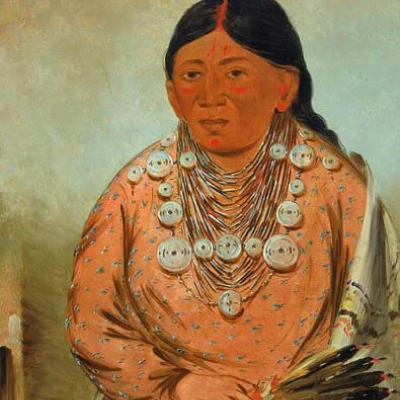
People have inhabited the vast prairies and woodlands of Illinois for thousands of years.
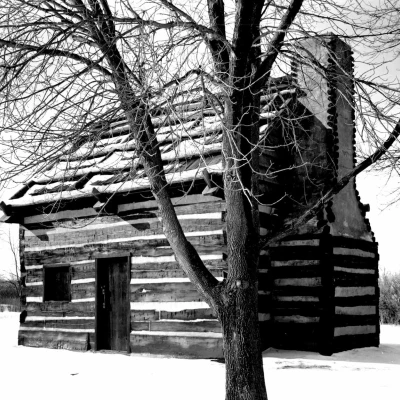
The first European Americans to settle McLean County faced many unknowns.
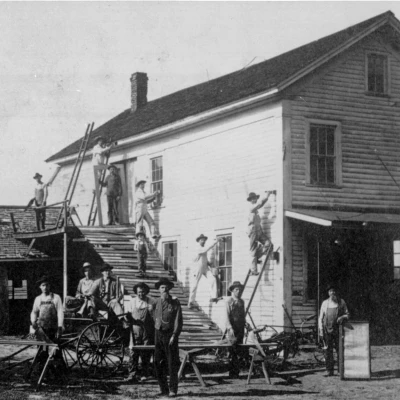
With the forced removal of the Kickapoo and remaining Native peoples in 1832, the trickle of settlers moving into the state turned into a great rush of people hoping to acquire new land for farming.
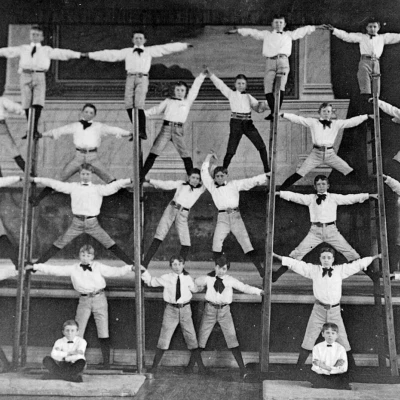
With the arrival of the railroad, McLean County became a more cosmopolitan place with many ethnic communities. German, Irish, African Americans, Swedish, Italian, and Welsh people all came.
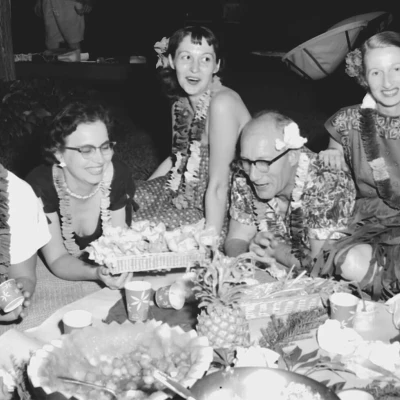
With a booming post-war economy, U.S. workers looked outside their hometowns for work and opportunities for advancement. McLean County was growing.